Tameshigiri: The Art of Testing Japanese Swords
Cutting techniques were an essential part of Japan’s Katana owning Samurai. It was a measurement of the tool that was part of your very survival.
Welcome to the section dedicated to samurai. We have many posts covering different aspects of samurai life, but here you will find the biography and guide to many famous names you might recognize from culture.
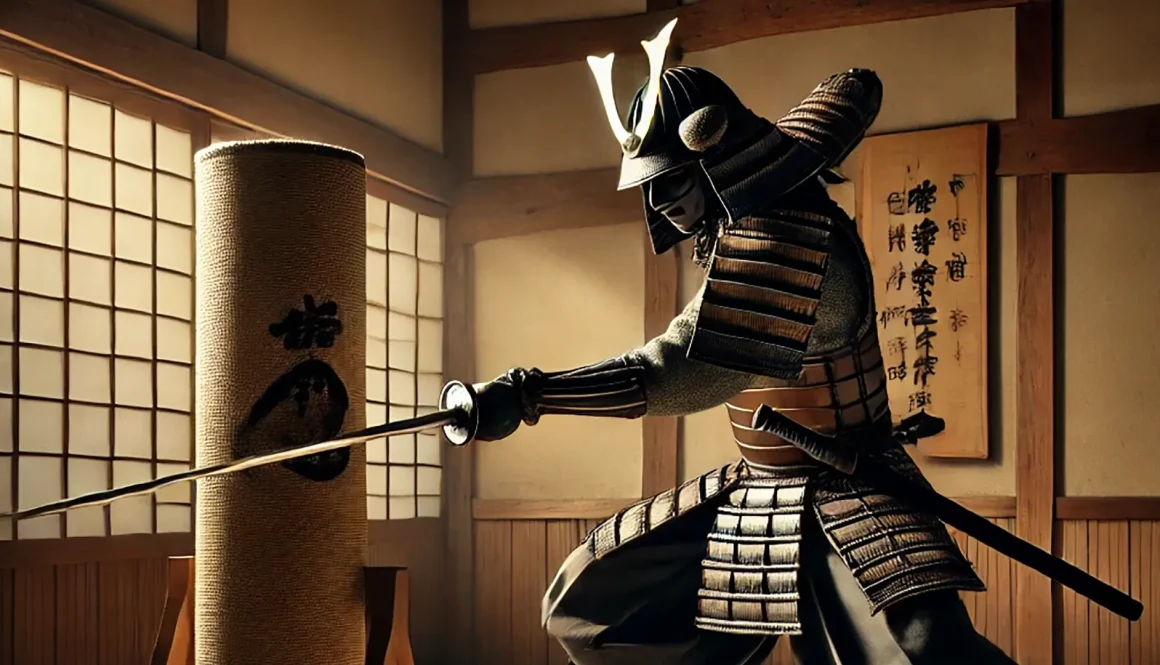
Cutting techniques were an essential part of Japan’s Katana owning Samurai. It was a measurement of the tool that was part of your very survival.
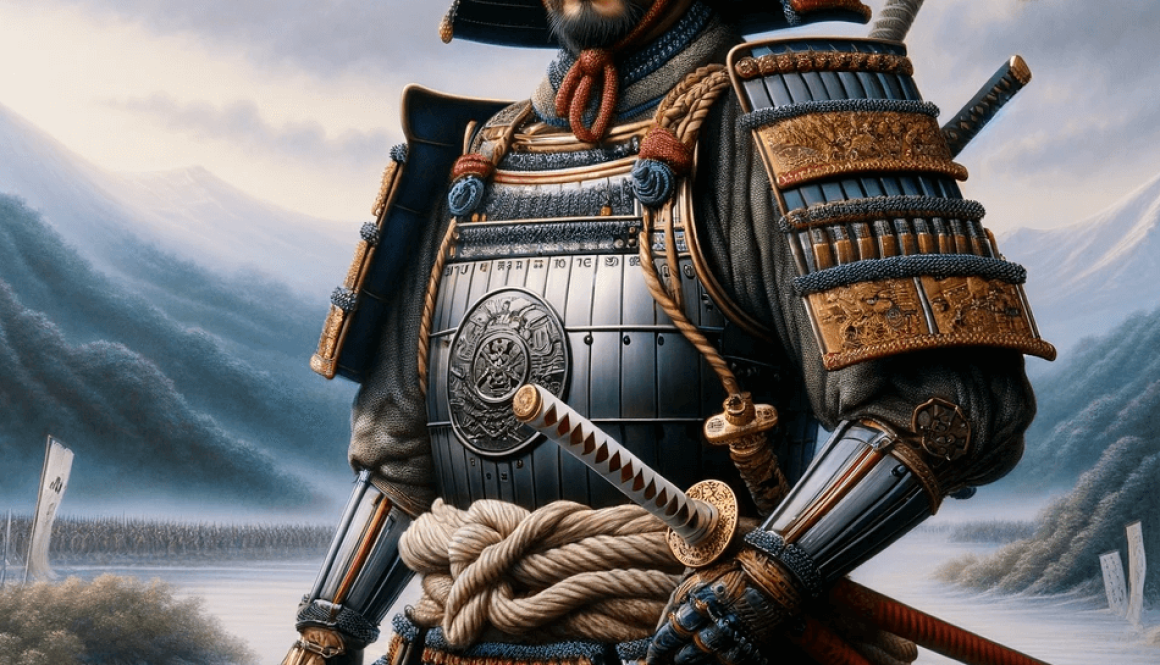
Kato Kiyomasa, a feared samurai and daimyo of the Sengoku period, is renowned for his martial prowess and leadership in the Japanese invasions of Korea. His legacy, marked by fierce loyalty and military strategy, endures in history.
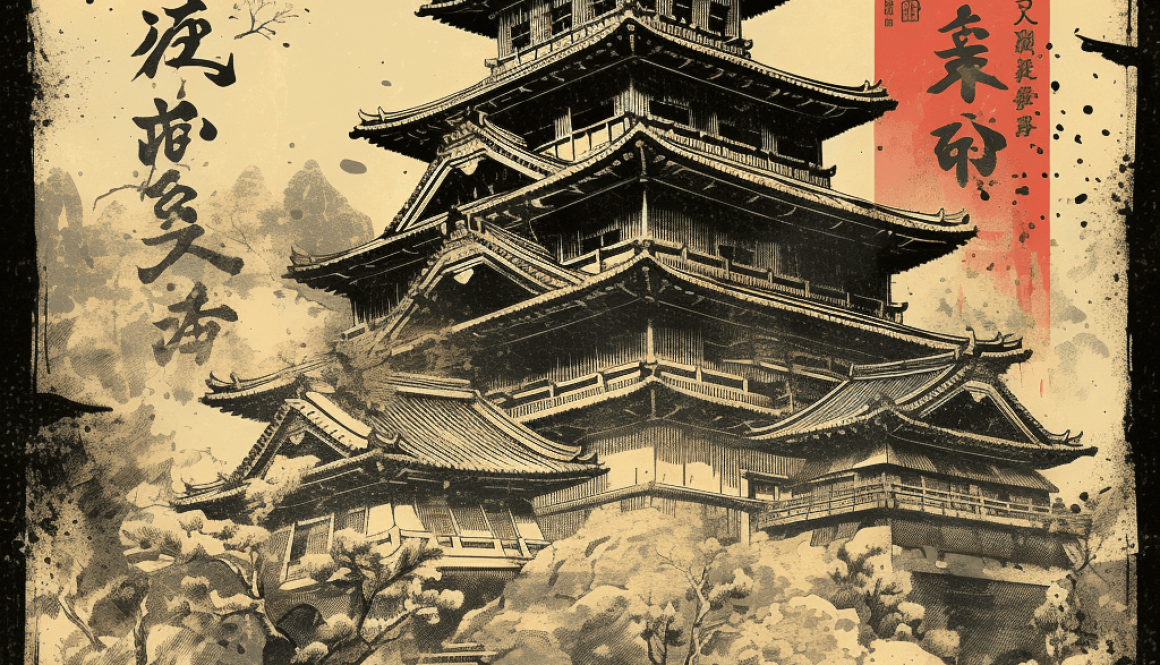
In the aftermath of the Genpei War during the early Kamakura period, the defeated Taira remnants fortified the Gassan-Toda, showcasing their resilient defense against a persistent Minamoto siege. This episode reveals the era’s intricate samurai tactics.
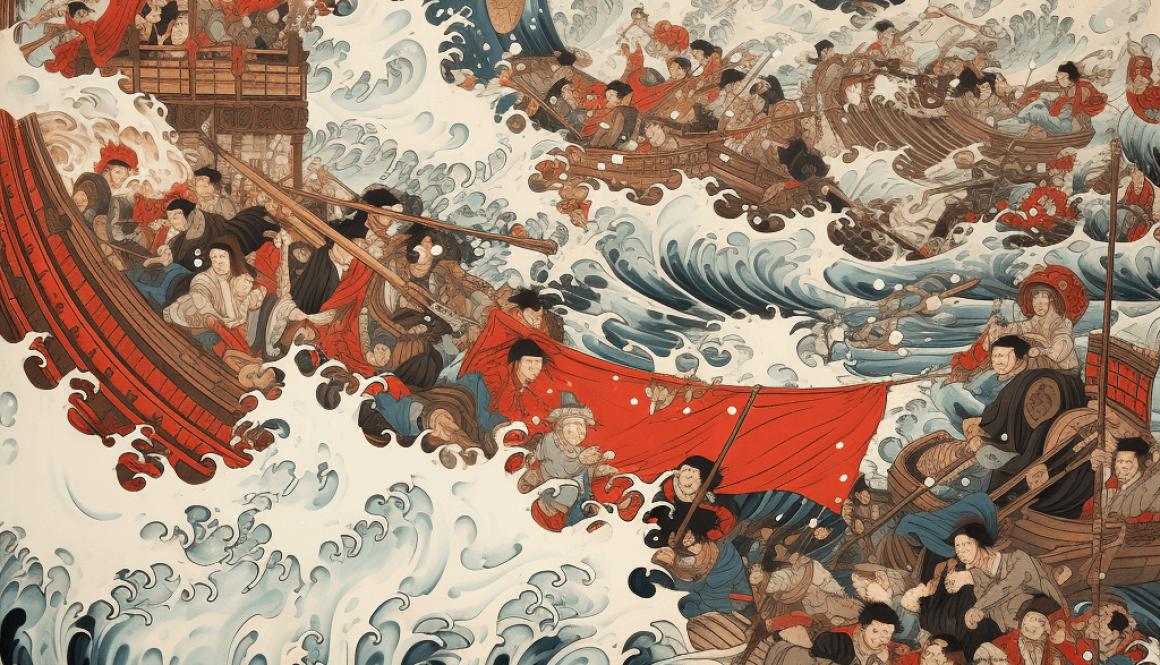
The Battle of Dan-no-Ura, a pivotal conflict in 1185, ended the Genpei War, marking the fall of the Taira and the rise of the Minamoto clan. This decisive battle set the stage for the Kamakura Shogunate, reshaping Japan’s history and culture, its echoes reverberating through legends, operas, and animated series.
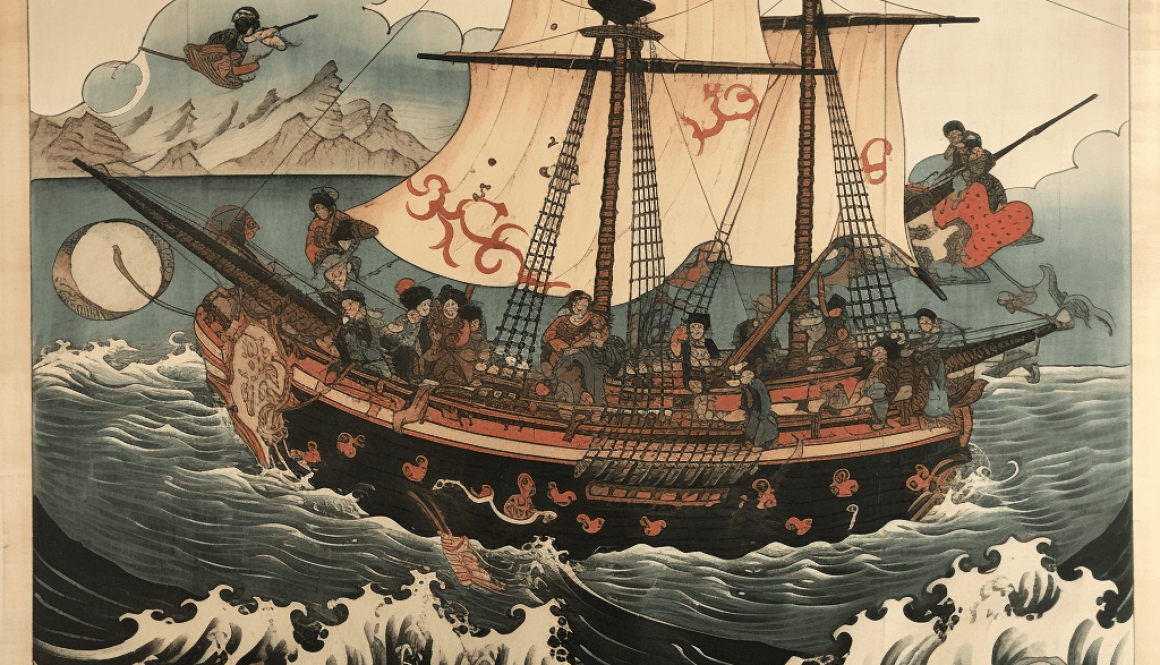
In this article the critical role of maritime strategy in the historic Genpei War is explored, spotlighting Minamoto no Yoshitsune’s ingenious tactics that led to the Taira clan’s downfall.
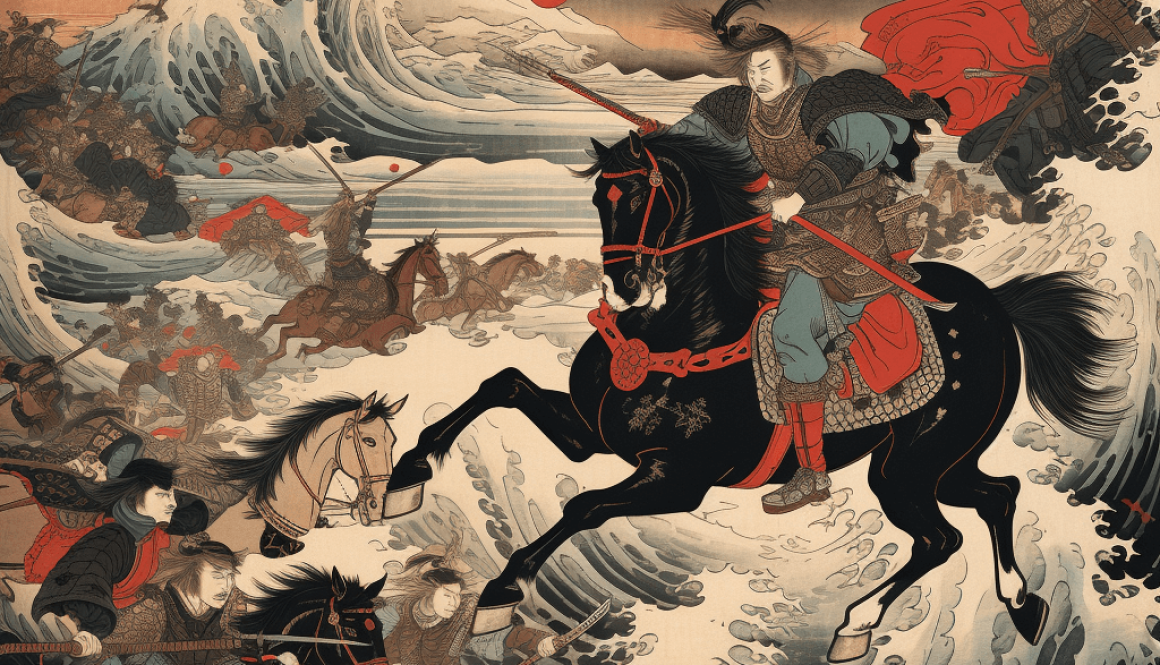
The Battle of Ichi no Tani was a pivotal conflict in Japan’s 12th-century Genpei War, resulting in a significant Minamoto victory. Led by General Yoshitsune, Minamoto forces outmaneuvered the Taira to capture a key stronghold.
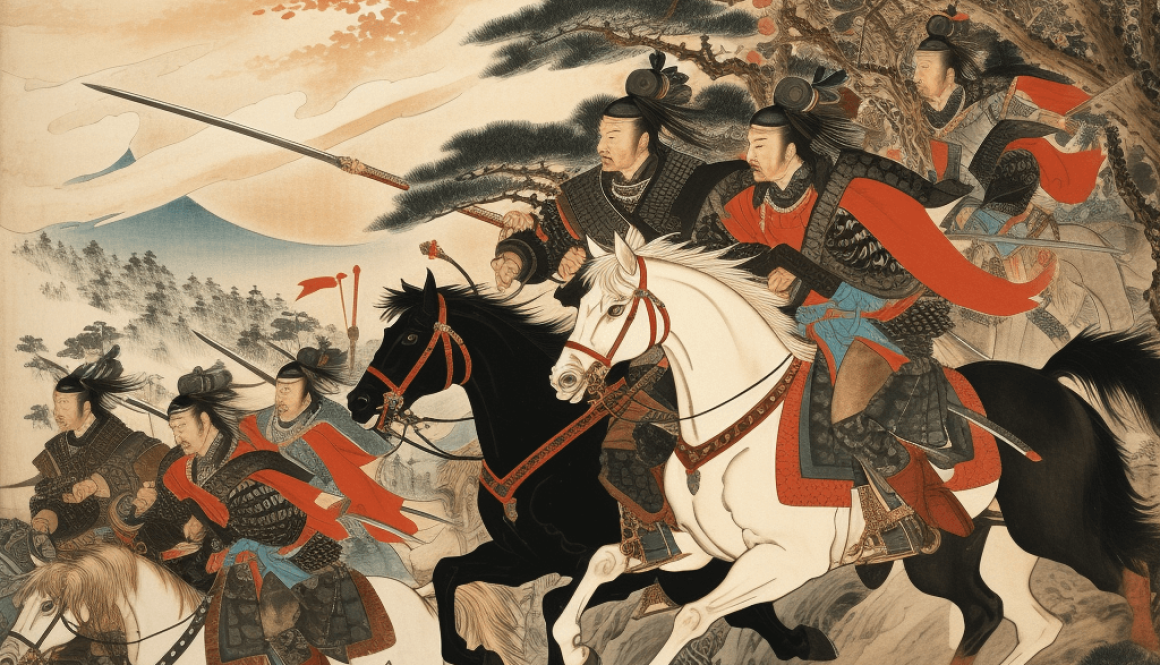
The Battle of Kurikara in 1183 was a pivotal moment in Japan’s Genpei War, turning the tide in favor of the Minamoto clan. Ingenious tactics by Minamoto no Yoshinaka overcame Taira’s numerical advantage, altering the war’s course.
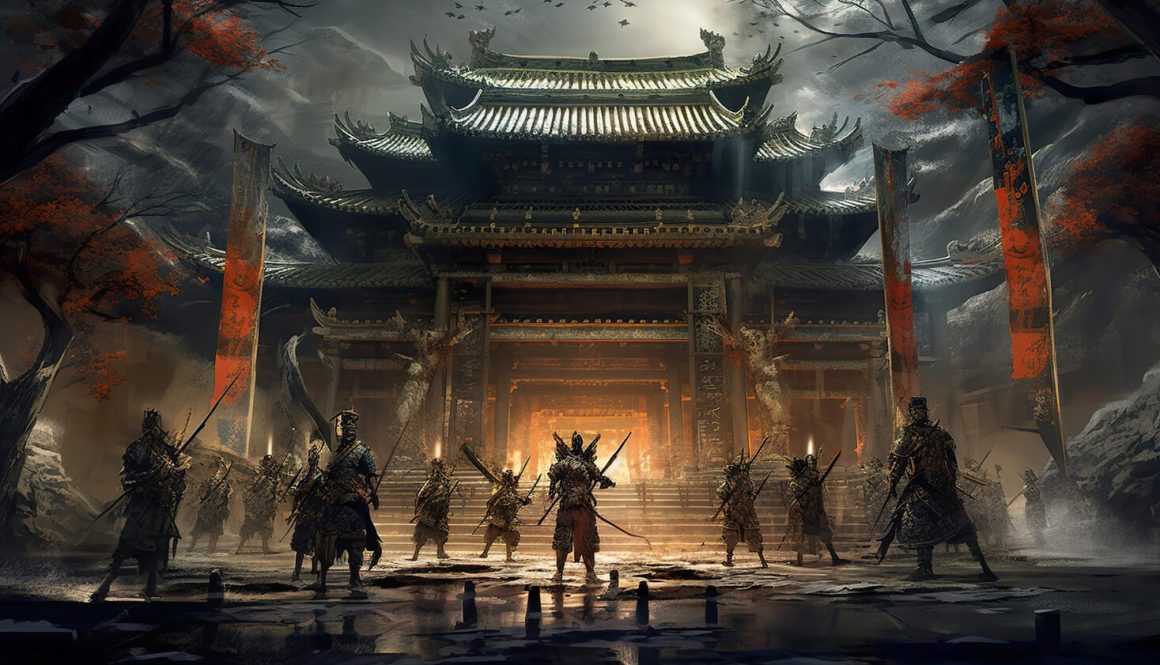
The Genpei War and the rise of the Kamakura Shogunate had a profound impact on samurai ethos, highlighting virtues like loyalty and strategic ingenuity. This era institutionalized the samurai’s role, influencing Bushido and Japanese governance.
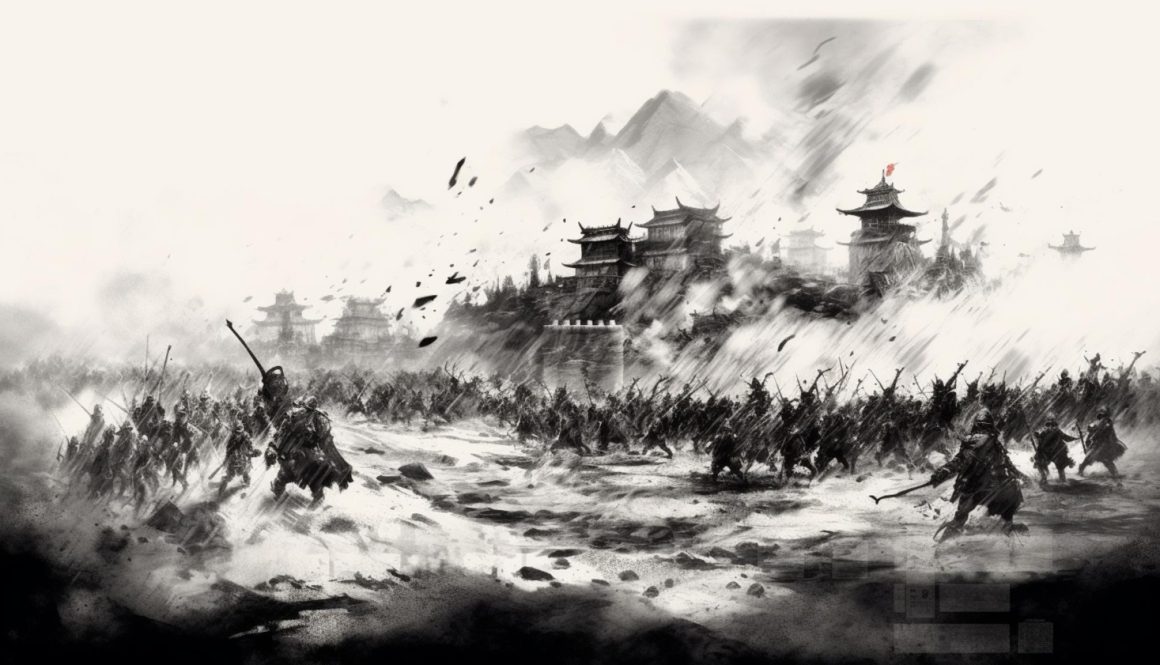
Taira no Masakado, a significant figure during Japan’s Heian period, navigated complex political dynamics, challenging the central authority and illuminating the rising power of regional warlords in a rapidly shifting landscape
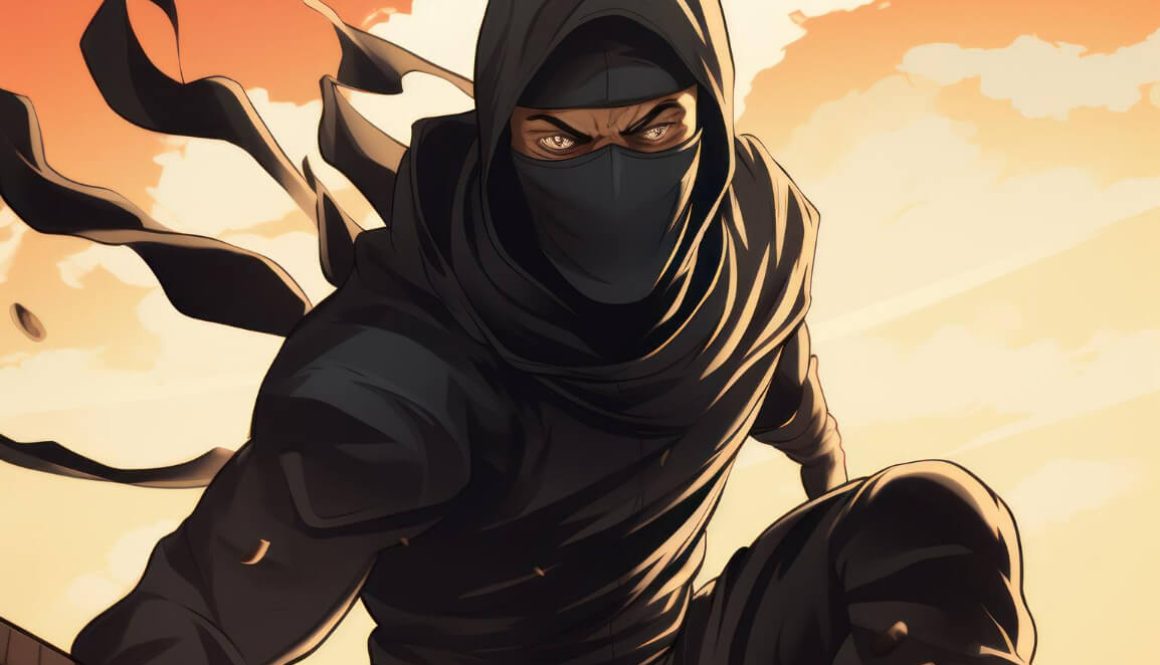
Samurai and ninjas, iconic figures in Japanese history, served contrasting roles: samurai as noble warriors bound by a code of honor, and ninjas as covert operatives skilled in espionage, subterfuge, and assassination.